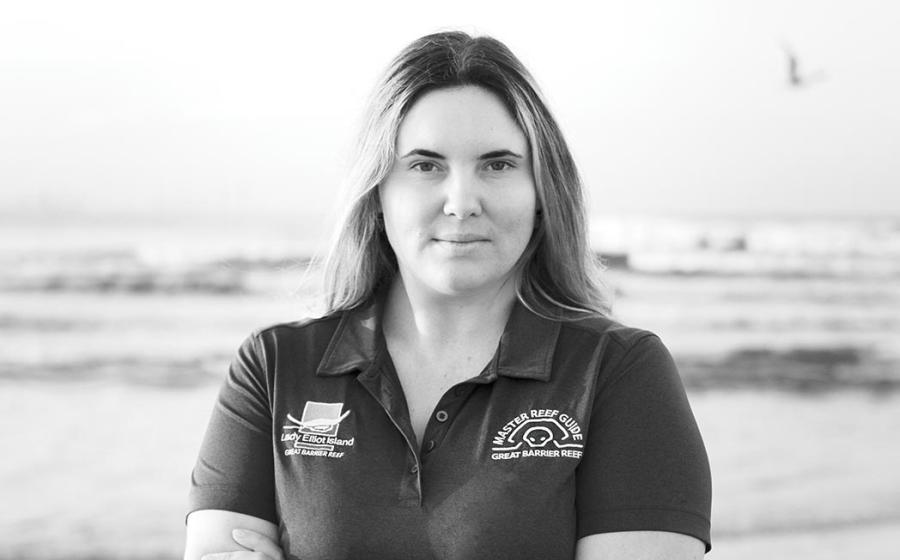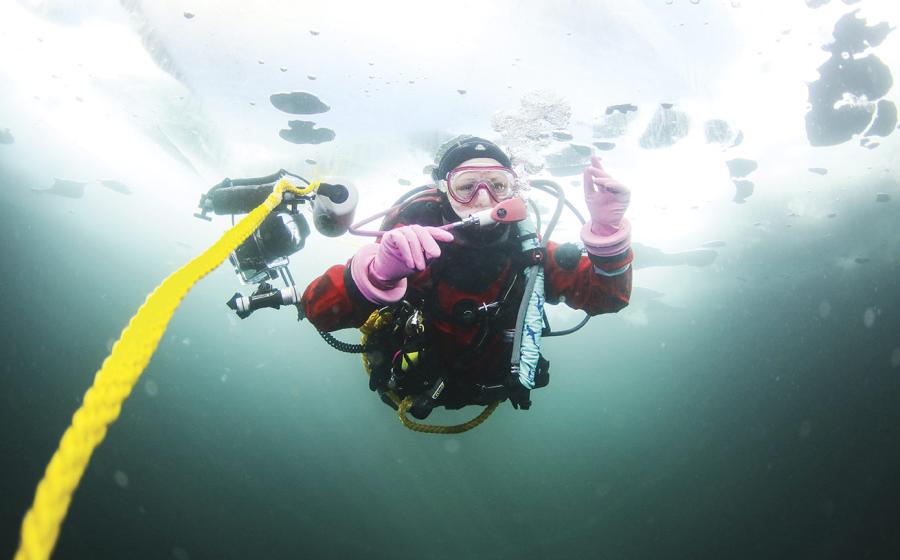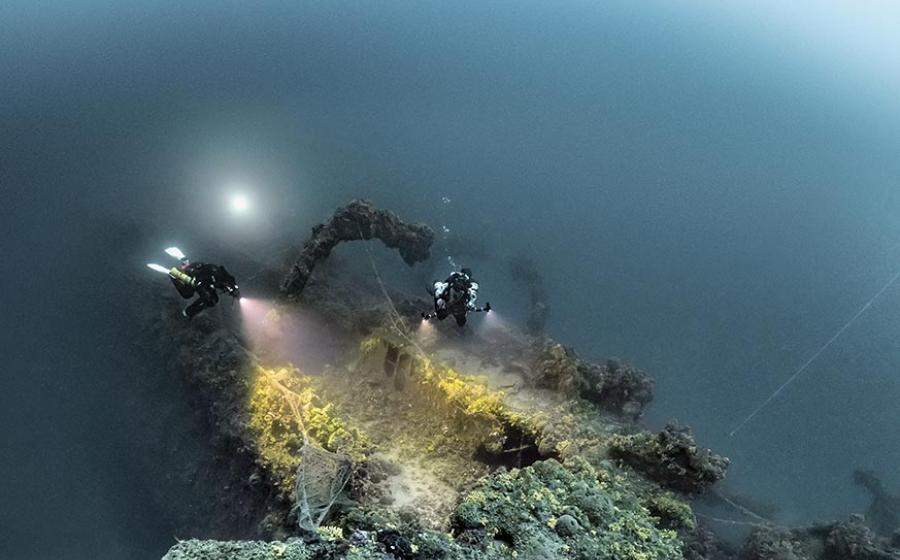Indonesia

How can you easily summarize diving the world's largest archipelago, a vast ribbon of more than 13,000 islands spread out across some of the most diverse marine biosystems on the planet, that contains more than 2,500 fish species and 10 to 15 percent of the earth's coral reefs? You can't, and that's why you need to go and see for yourself. There are many islands in the archipelago that have never been explored by Westerners, not to mention vast tracts of reef that have never seen a snorkel or scuba tank.
Snorkeling opportunities abound and are too numerous to mention. You'll find snorkelers enjoying Indonesia's reefs in all the popular dive destinations.
Dive In
Weather > The dry season runs May through September, the wet season November through March, and expect hot and humid conditions year-round.
Average Water Temp > Typically in the low to mid-80Fs, though cold upwellings can reduce water temps in some areas.
Average Visibility > Highly variable, but normally 50 to 100 feet in the most popular dive areas.
Topside Diversions > The exotic, mystical sights and sounds of Bali, its rice paddies, the hustle and bustle of Jakarta, traditional temples, the "dragons" of Komodo.
Travel Savvy > You'll need a valid passport (one at least six months before expiration) and tourist visa to enter any of the countries surrounding the Red Sea. ... Dive shops and live-aboards tend to be hotel-based.
Getting There > Singapore Airlines and Garuda Indonesia are the region's two major carriers, with flights into Singapore, Jakarta and Bali from Los Angeles, San Francisco, Vancouver, Honolulu, New York and Newark. A flight from Los Angeles to Singapore normally takes about 18 hours. Shorter hops will take you to locations throughout the archipelago.
Destination Links > www.indonesia-tourism.com.

How can you easily summarize diving the world's largest archipelago, a vast ribbon of more than 13,000 islands spread out across some of the most diverse marine biosystems on the planet, that contains more than 2,500 fish species and 10 to 15 percent of the earth's coral reefs? You can't, and that's why you need to go and see for yourself. There are many islands in the archipelago that have never been explored by Westerners, not to mention vast tracts of reef that have never seen a snorkel or scuba tank.
Snorkeling opportunities abound and are too numerous to mention. You'll find snorkelers enjoying Indonesia's reefs in all the popular dive destinations.
Dive In
Weather > The dry season runs May through September, the wet season November through March, and expect hot and humid conditions year-round.
Average Water Temp > Typically in the low to mid-80Fs, though cold upwellings can reduce water temps in some areas.
Average Visibility > Highly variable, but normally 50 to 100 feet in the most popular dive areas.
Topside Diversions > The exotic, mystical sights and sounds of Bali, its rice paddies, the hustle and bustle of Jakarta, traditional temples, the "dragons" of Komodo.
Travel Savvy > You'll need a valid passport (one at least six months before expiration) and tourist visa to enter any of the countries surrounding the Red Sea. ... Dive shops and live-aboards tend to be hotel-based.
Getting There > Singapore Airlines and Garuda Indonesia are the region's two major carriers, with flights into Singapore, Jakarta and Bali from Los Angeles, San Francisco, Vancouver, Honolulu, New York and Newark. A flight from Los Angeles to Singapore normally takes about 18 hours. Shorter hops will take you to locations throughout the archipelago.
Destination Links > www.indonesia-tourism.com.






